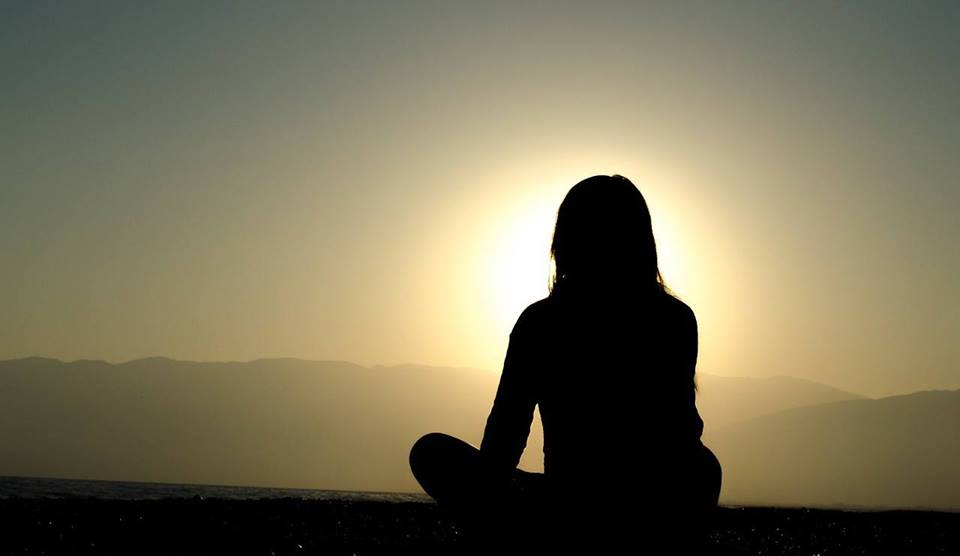What to do with regrets
It may seem odd to be thinking about regrets on the tail of graduations and the beginning of summer. Many are celebrating achievements, anticipating the next stage in their journey, or simply relaxing into summer. However, I think that is exactly why I have been reflecting on what could have been. Watching my daughter graduate middle school and my son move on from elementary school, I have found myself feeling that ticking of time and the sting of what I didn’t get to say or do before they reached this stage in their lives. Of course, this sets off the cascade of Monday morning quarterbacking everything and I have found myself feeling regret.Despite the adage “live life without regret,” to live life is to have some regrets. We all have them – both professional and personal. I regret the times I let fear get in my way, whether it kept me from an experience or led to a reaction versus a response. Thinking back on sticky situations as a leader, I regret my lack of experience at the time. I wish I had communicated differently, been more patient. And, I think many can relate to regretting the “wasted” time spent on trying to please everyone. If I had to go back in time and do some things differently, I would. The glitch is I wouldn’t be able to, because I was learning from the messiness of life.
Don’t let regret get in your way
In the book The Art of Happiness written by Howard Cutler, MD and His Holiness the Dalai Lama, Cutler describes a conversation with the Dalai Lama on regrets. When asked if he has any regrets, the Dalai Lama shares a story of a hermit who came to him for advice on a specific practice. The Dalai Lama responded to the hermit, who was older, that the particular practice was better taken on at a younger age. He later learned that this man had killed himself in order to be reborn into a younger body. Stunned, Cutler asked the Dalai Lama how he had gotten rid of this regret. The Dalai Lama replied, “I didn’t get rid of it. It’s still there” and continued to explain the difference between getting rid of regret versus not letting it weigh you down or get in your way.
What to do with regrets
New beginnings bring reflection and a mourning about what we could have done differently. This is part of what makes us human. To regret is to feel sadness about something has happened, which is a normal emotion. The goal is not to avoid regret or even get rid of it, but to not let it get in our way. Here are some techniques you can use to work with regret:
Self-compassion. We are always hardest on ourselves. Consider how you would feel about a dear friend in a similar situation. How would you comfort them? What would you say to them? Now, be sure to treat yourself as you would a dear friend.
Acceptance & Learning. Remember that regret and/sadness is just a feeling that you don’t want to grow into unhealthy guilt. Unhealthy guilt comes from a place of defensiveness, whereas healthy guilt helps us to grow and learn. Dr. Joan Borysenko writes in her book Guilt is the Teacher, Love is the Lesson, “rather than thinking in terms of good and bad, it is more helpful to think in terms of conscious and unconscious, aware, and unaware.”
Tonglen Meditation. The practice of Tonglen is to take on or breathe in suffering and the to release it – for yourself and others. Knowing that many people have experienced a similar type of regret, you can use this Tonglen practice to connect with the feeling and then release it.
Let go of “when” and practice “now.” Part of regret stems from being too much in the future. We get caught up in thinking “when I make more money;” “when the kids are older;” or “when I get through this” I will [fill in the blank.] Before we know it, the “when” has come and gone and we missed the opportunity. Try practicing how you want to live right now, instead of waiting for “when,” with compassion.
Regret is a natural part of moving forward as long as we don’t let it weigh us down or get in our way. With a mindful approach, it can actually enhance how we parent, lead, and live in the present moment.
Namaste,
Julie |


Connect With Us